A Dietitian’s Honest Take on Nutella: Is It Healthy?
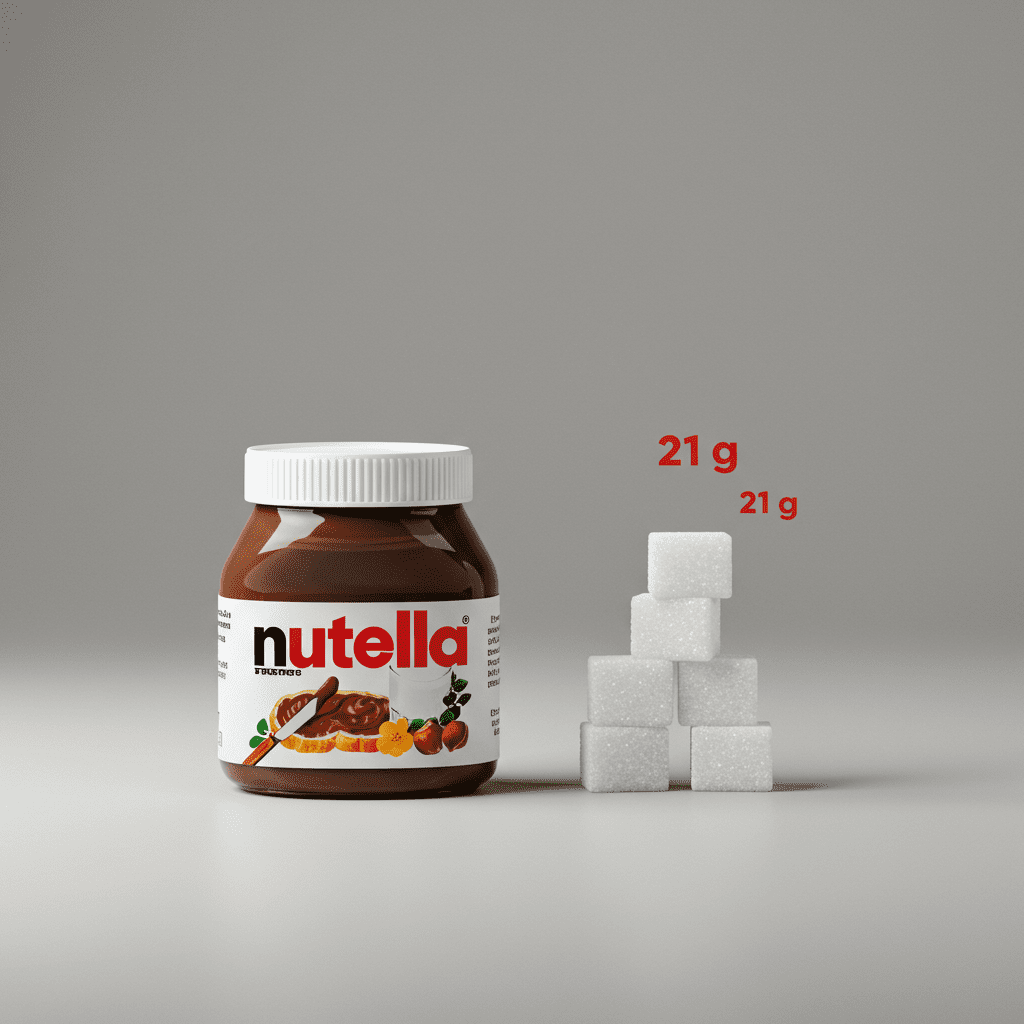
That iconic jar of creamy, dreamy chocolate-hazelnut spread is a pantry staple in homes across the globe. We spread it on toast, dollop it on pancakes, and, let’s be honest, sometimes eat it straight from the jar with a spoon.
It’s delicious, comforting, and undeniably popular. But the big question that looms over every spoonful is: Is Nutella actually healthy?
My name is Jamie, and as a Registered Dietitian, I believe in looking at food with a balanced perspective, not a restrictive one. My goal isn’t to label foods as ‘good’ or ‘bad,’ but to empower you with the facts—a philosophy I’ve applied to other popular products like Vitaminwater—so you can decide how your favorite foods fit into your life.
So, let’s take an honest, science-backed look at what’s really inside that jar.
- What’s Really in a Jar of Nutella?
- Let’s Break Down the Nutrition Numbers
- But What About the Benefits of Hazelnuts?
- The Health Concerns of High Sugar Intake
- Why Is Palm Oil a Consideration?
- How Does Nutella Compare to Peanut Butter?
- Are There Better-for-You Chocolate Spreads?
- My Advice: Treat Nutella Like Frosting, Not Food
- Smart Ways to Eat Nutella in a Balanced Way
- Conclusion
What’s Really in a Jar of Nutella?
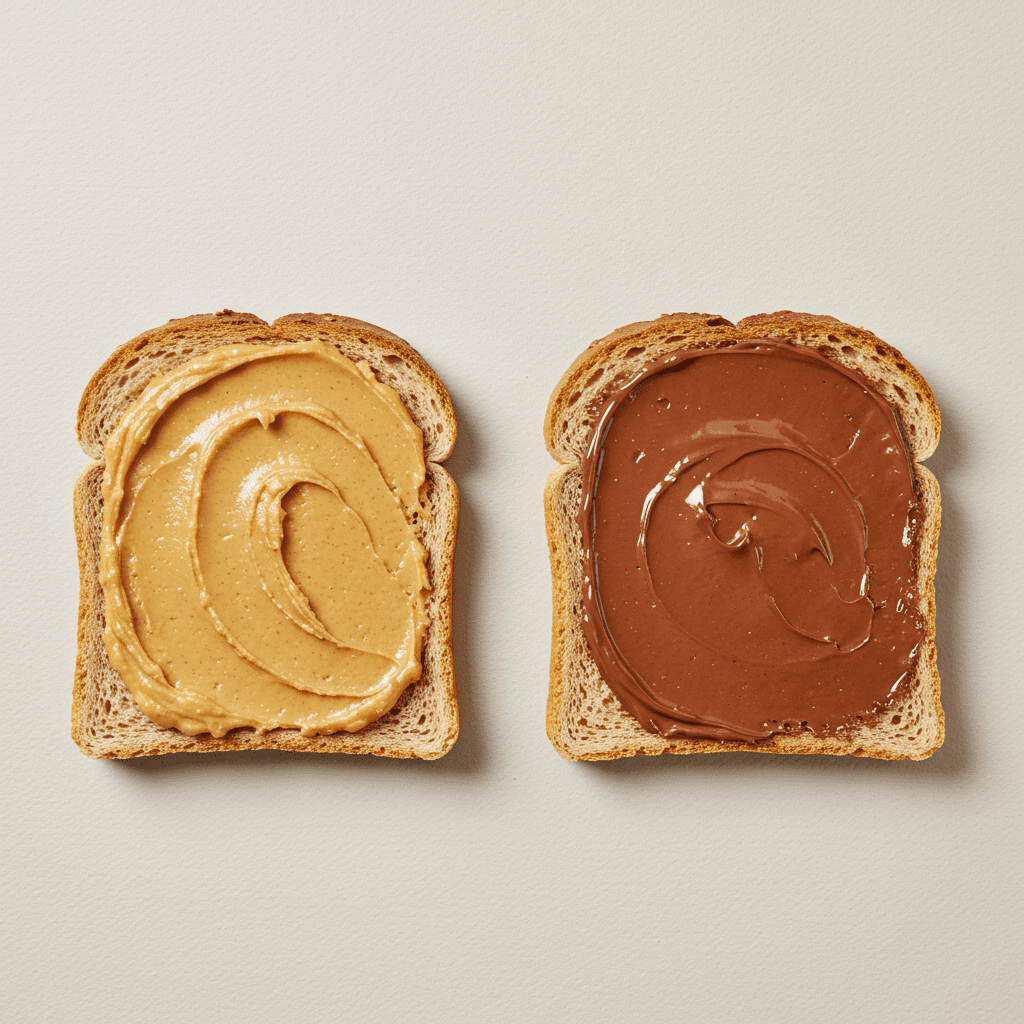
To understand any food, the first place we need to look is the ingredients list. In the case of Nutella, there are seven key components. Crucially, ingredients are listed by weight, from the most prominent to the least. Nutella’s list is quite revealing:
- Sugar: This is the primary ingredient. It provides the sweetness Nutella is famous for.
- Palm Oil: An edible vegetable oil that gives the spread its signature smooth, creamy texture and keeps it stable at room temperature.
- Hazelnuts: The ingredient that provides the nutty flavor profile.
- Cocoa: Delivers the rich chocolate taste.
- Skim Milk Powder: Adds a creamy undertone and some protein.
- Lecithin (Soy): An emulsifier that keeps the oil and water-based ingredients from separating, ensuring a consistent texture.
- Vanillin: An artificial vanilla flavoring.
The most significant takeaway here is that sugar and palm oil make up the bulk of the product, with hazelnuts coming in third. From a nutritional standpoint, this tells us that Nutella is structurally more of a sugar-and-fat spread than it is a true ‘hazelnut’ spread.
Let’s Break Down the Nutrition Numbers
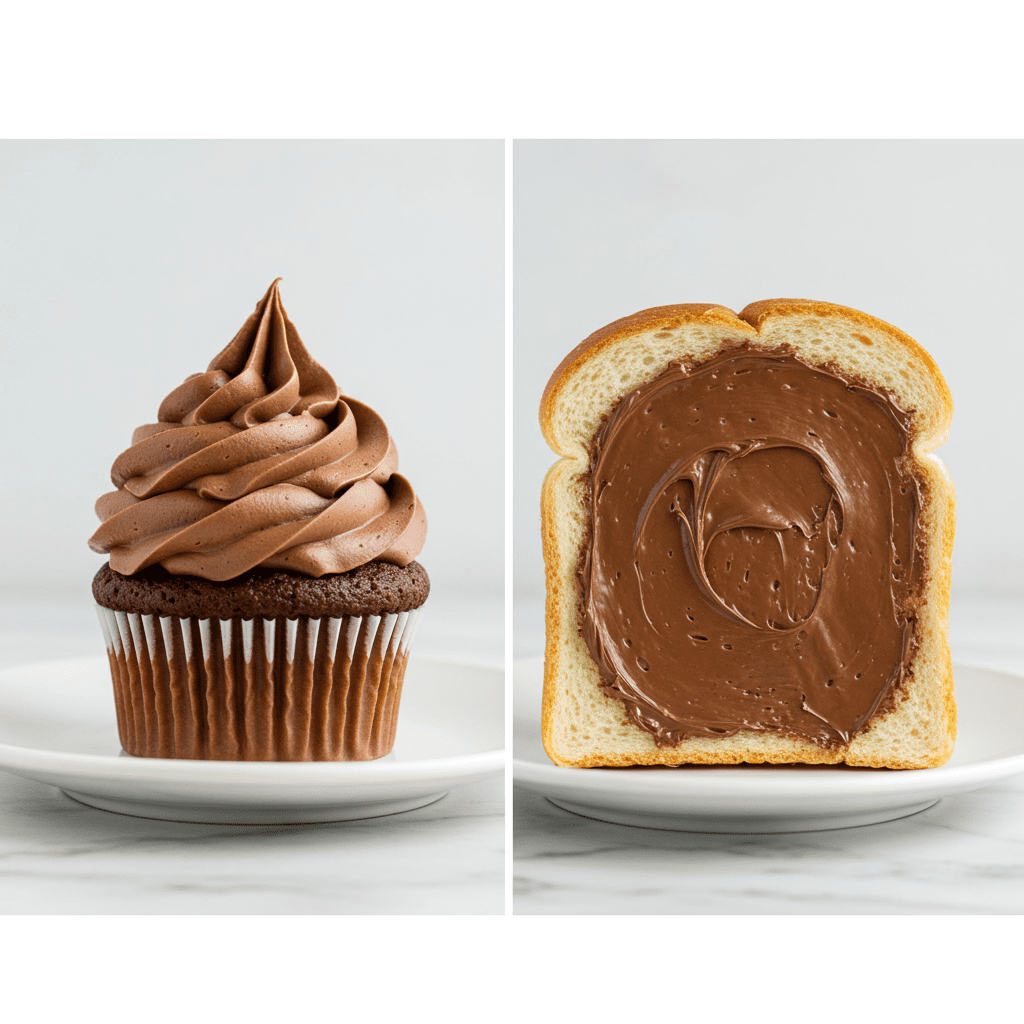
A standard two-tablespoon (37g) serving of Nutella is the nutritional benchmark. Here’s what that serving contains:
- Calories: 200
- Total Fat: 12 grams
- Saturated Fat: 4 grams
- Total Carbohydrates: 21 grams
- Dietary Fiber: 1 gram
- Total Sugars: 21 grams (virtually all of which is added sugar)
- Protein: 2 grams
That 21 grams of sugar per serving is the number that stands out most to health professionals.
To put that into perspective, it’s equivalent to about 5 teaspoons of pure sugar. According to the American Heart Association (AHA), women should consume no more than 25 grams (6 teaspoons) of added sugar per day, and men no more than 36 grams (9 teaspoons).
A single serving of Nutella can therefore account for over 80% of a woman’s recommended daily limit. This high sugar load is a primary reason why Nutella is viewed more as a confection than a health food.
But What About the Benefits of Hazelnuts?
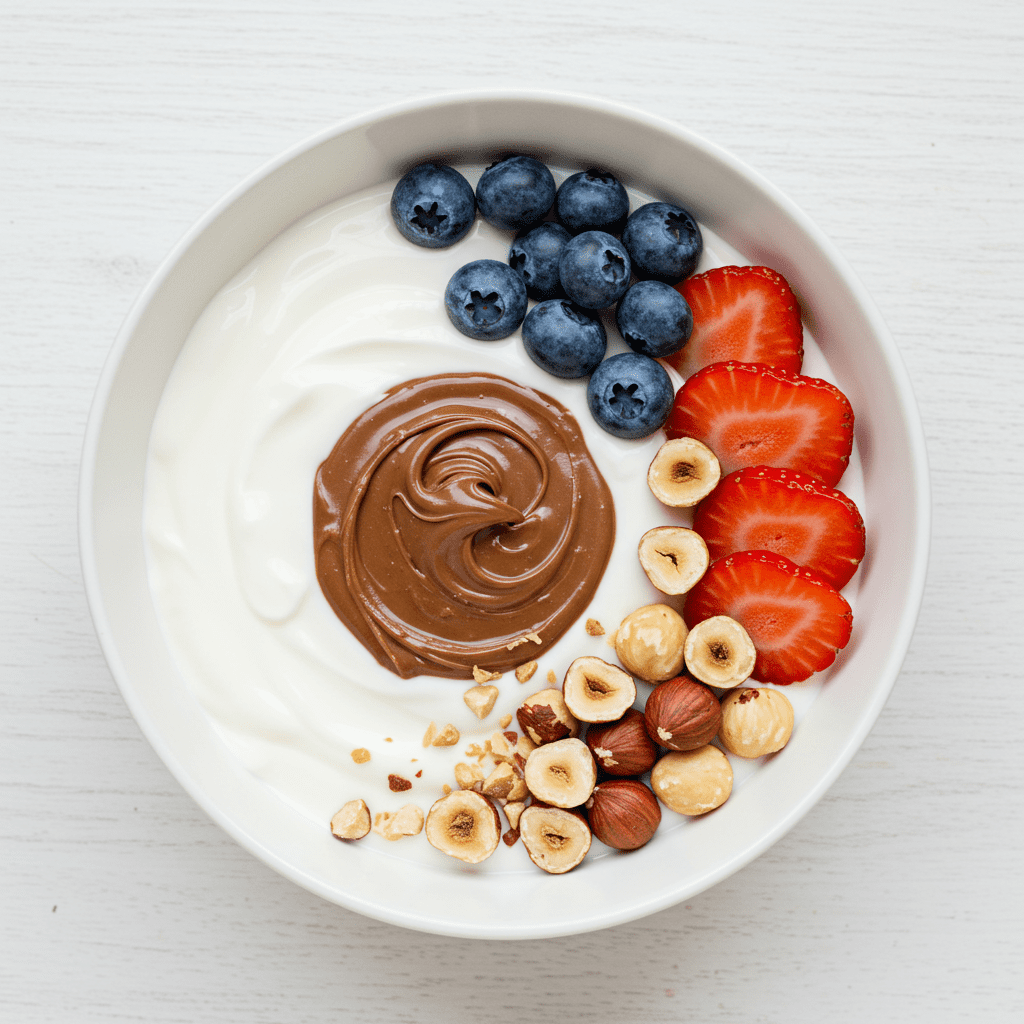
Hazelnuts on their own are nutritional powerhouses. Research from the Harvard T.H. Chan School of Public Health highlights that nuts are packed with heart-healthy monounsaturated fats, antioxidants like Vitamin E, magnesium, and dietary fiber. These nutrients are linked to improved heart health and better blood sugar control.
However, it’s crucial to understand that the benefits of whole hazelnuts don’t directly translate to Nutella. While Nutella does contain hazelnuts, the quantity is relatively small compared to the sugar and oil.
A one-ounce (28g) serving of plain hazelnuts provides about 4 grams of protein and nearly 3 grams of fiber, with zero added sugar. In contrast, a larger 37g serving of Nutella offers only half the protein and a third of the fiber, but with a whopping 21 grams of added sugar.
The small amount of hazelnuts simply isn’t enough to outweigh the nutritional impact of the sugar and fat that dominate the formula.
The Health Concerns of High Sugar Intake
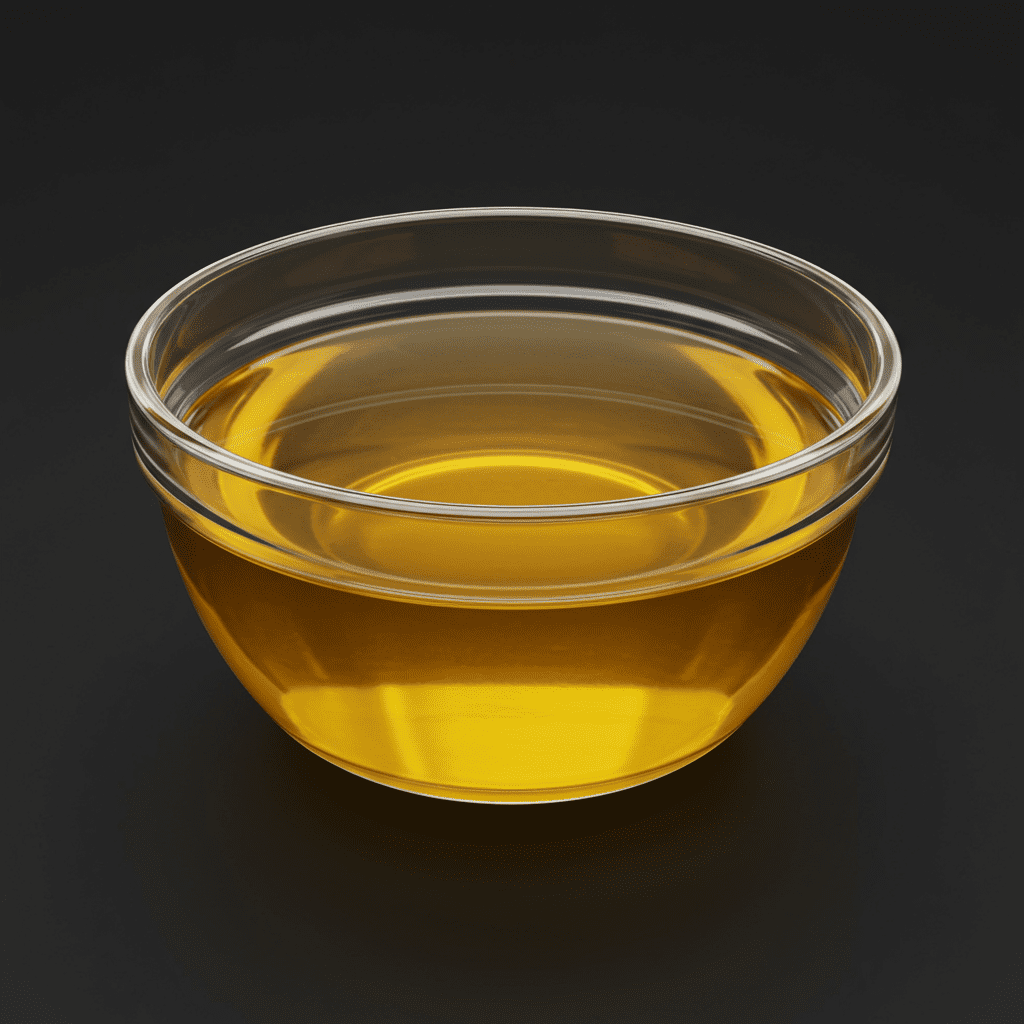
When you consume a high-sugar food like Nutella, especially on its own or with other simple carbs like white bread, your body rapidly absorbs the sugar. This causes a quick spike in your blood glucose levels.
Your pancreas then releases insulin to help move that sugar into your cells for energy. The problem with a very high spike is that it often leads to a subsequent ‘crash,’ leaving you feeling tired, irritable, and craving more sugar.
Over the long term, diets consistently high in added sugars are associated with a greater risk of developing serious health issues. Data from the Centers for Disease Control and Prevention (CDC) links excessive sugar consumption to weight gain, obesity, type 2 diabetes, and an increased risk of heart disease.
Why Is Palm Oil a Consideration?
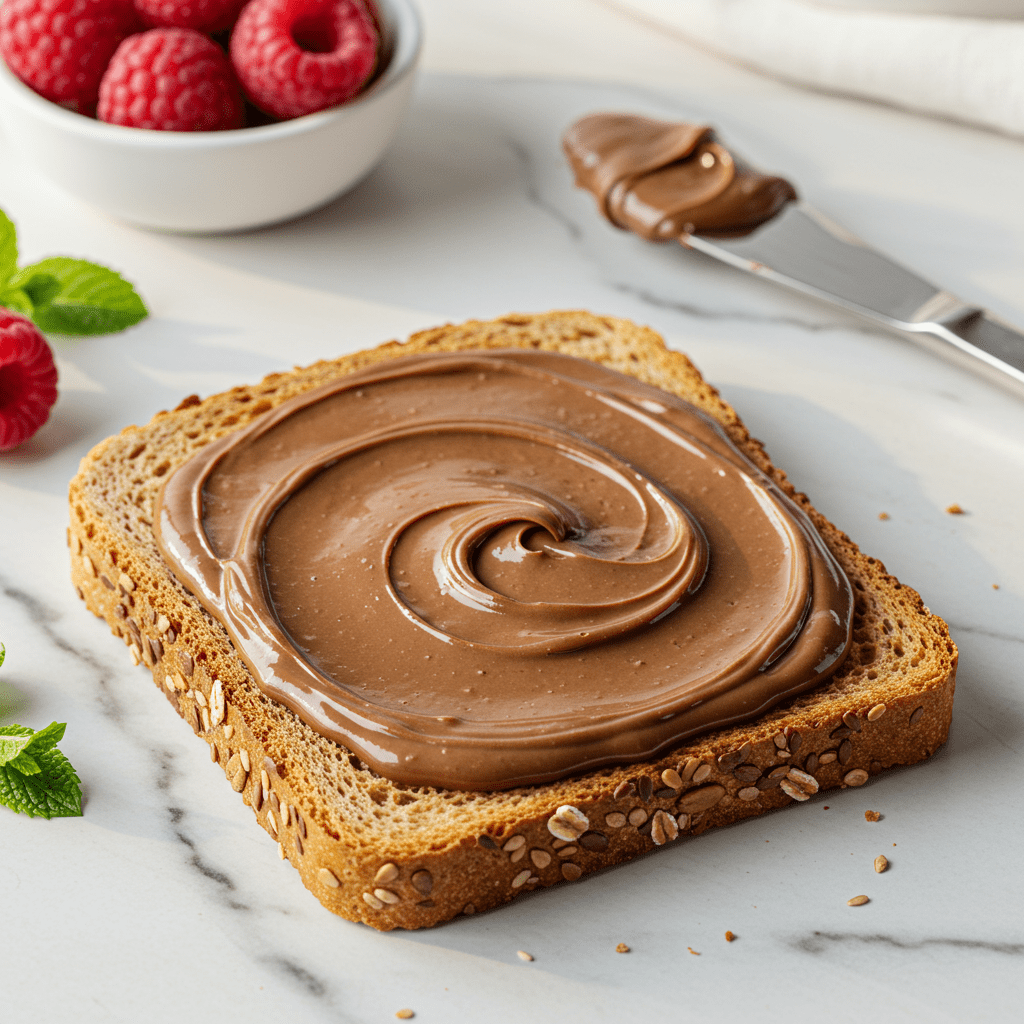
Palm oil is the second ingredient in Nutella, and its use is a point of discussion for both health and environmental reasons. From a health perspective, palm oil is high in saturated fat.
The 4 grams of saturated fat in a serving of Nutella represent about 20% of the daily limit recommended by the American Heart Association for a 2,000-calorie diet. Diets high in saturated fat have been linked to increased levels of LDL (‘bad’) cholesterol, which is a risk factor for heart disease.
Beyond nutrition, the sourcing of palm oil has been a major environmental concern due to its connection with deforestation, habitat loss for endangered species, and climate change. While Ferrero, the company that makes Nutella, has committed to sourcing 100% RSPO-certified sustainable palm oil, the broader issues with palm oil production remain a valid concern for many consumers.
How Does Nutella Compare to Peanut Butter?
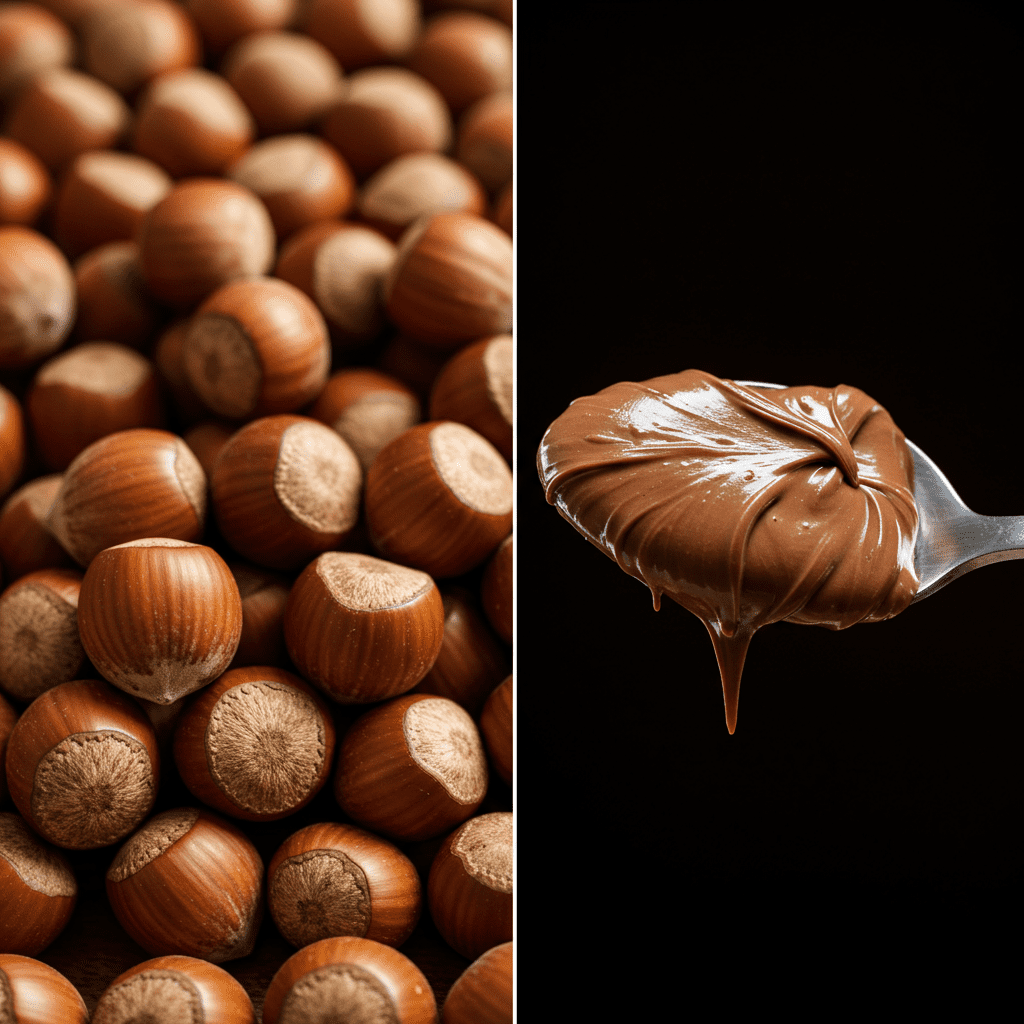
This is a common comparison, but nutritionally, they are in different leagues, especially when you compare Nutella to a natural peanut butter (one made with just peanuts and salt).
- Added Sugar: This is the biggest difference. Nutella has 21 grams of added sugar. Natural peanut butter has 0-2 grams.
- Protein: A two-tablespoon serving of natural peanut butter typically provides 7-8 grams of protein, about four times that of Nutella.
- Fiber: Peanut butter contains around 2-3 grams of fiber per serving, double or triple what’s in Nutella.
While the calorie and fat counts might be similar, the nutritional quality is vastly different. The protein and fiber in peanut butter make it much more satiating, meaning it keeps you feeling full longer.
Nutella’s profile, dominated by sugar, is more likely to cause a quick energy spike and crash.
Are There Better-for-You Chocolate Spreads?
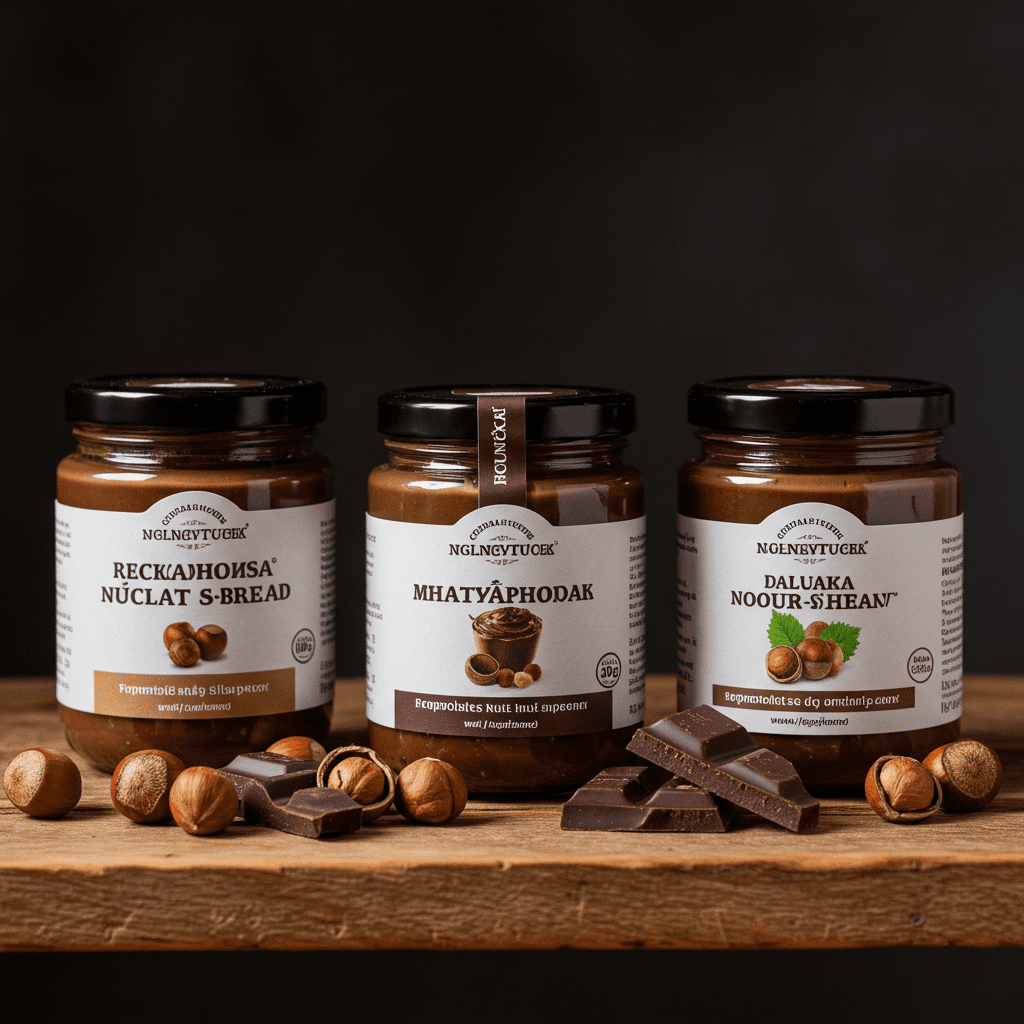
Yes! If you love the chocolate-nut combination but want a more nutritious option for regular consumption, the market has expanded significantly.
When looking for an alternative, check the label for two things: hazelnuts (or another nut) as the first ingredient and a low number for added sugars. Some excellent brands to look for include:
- Artisana Organics Hazelnut Cacao Spread: Uses coconut sugar for sweetness and doesn’t contain palm oil. Hazelnuts are the first ingredient.
- Justin’s Chocolate Hazelnut and Almond Butter: Offers a more complex nutty flavor and has significantly less sugar than Nutella.
- Nocciolata Dairy-Free Organic Hazelnut & Cocoa Spread: This organic option also features a better ingredient profile with less sugar and no palm oil.
- DIY Homemade Spread: You can easily make your own by blending roasted hazelnuts, cocoa powder, a small amount of a sweetener of your choice (like maple syrup or dates), and a touch of oil or milk to get the right consistency. This gives you full control over the sugar content, similar to how making healthy turkey sliders at home is a better option than a fast-food burger.
My Advice: Treat Nutella Like Frosting, Not Food
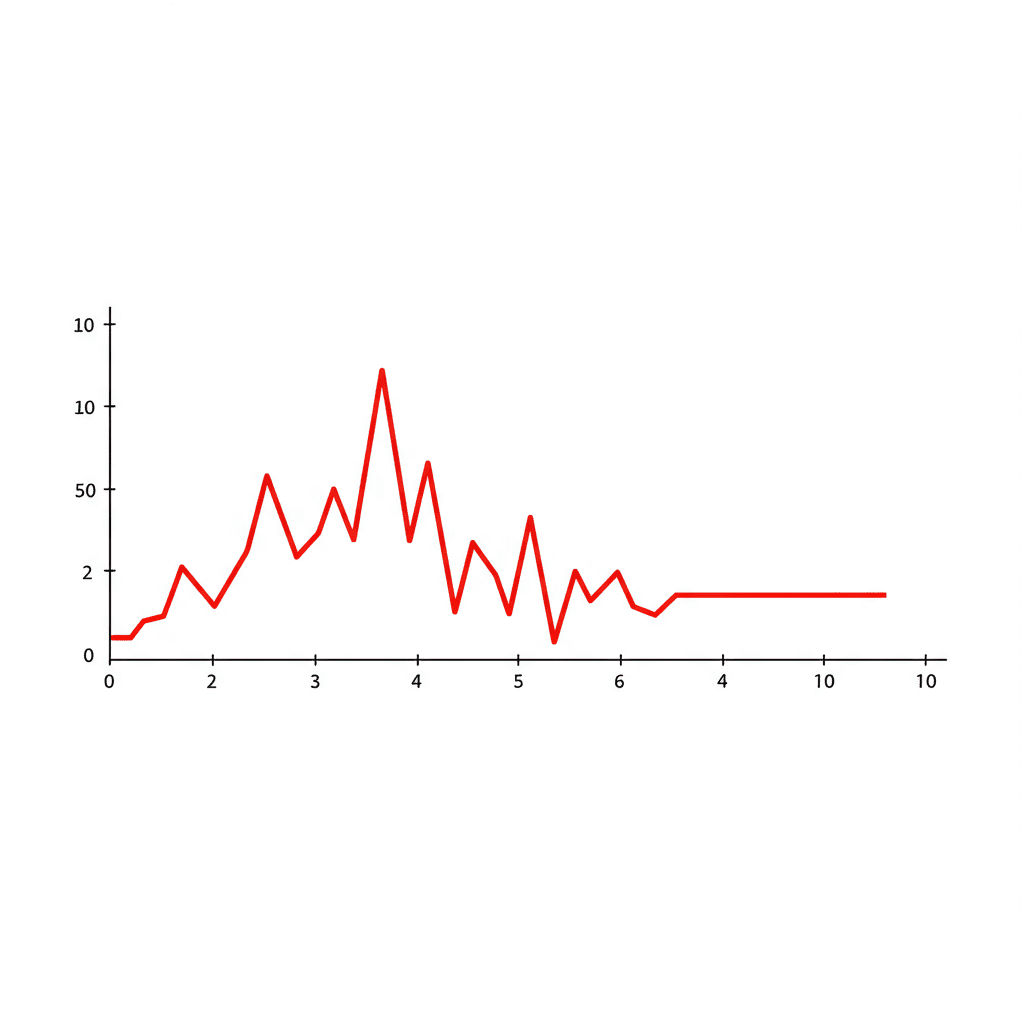
As a dietitian, one of the most effective strategies I share with clients is to reframe how they think about certain foods. Don’t think of Nutella as a ‘nut butter’ you’d eat for breakfast.
Instead, think of it as a dessert topping, like chocolate frosting or caramel sauce. Would you spread two tablespoons of frosting on toast for breakfast?
Probably not. This mental shift isn’t about creating guilt; it’s about managing expectations and portion sizes.
When you categorize Nutella as a treat, you can enjoy it for what it is—a delicious indulgence—without mistakenly relying on it for nutritional value.
Smart Ways to Eat Nutella in a Balanced Way
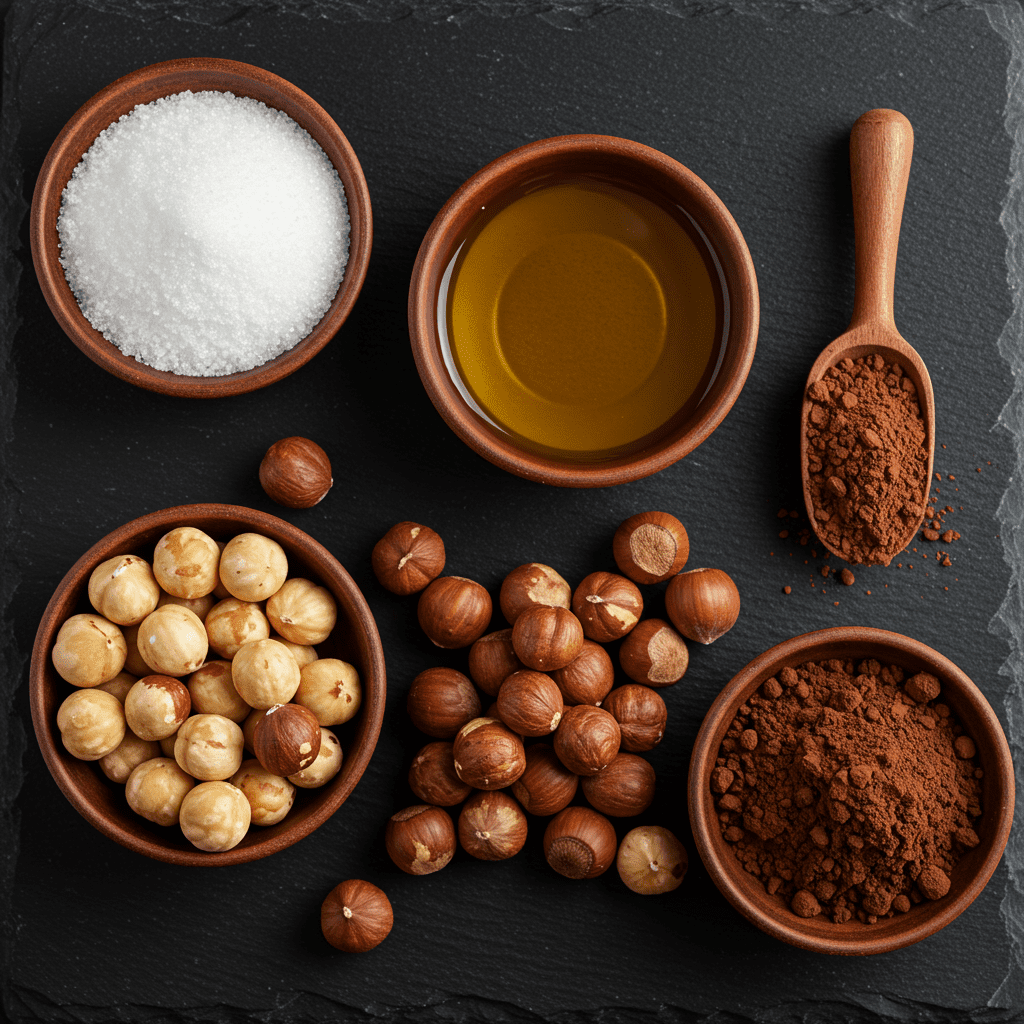
Believing in a balanced approach means you don’t have to banish Nutella forever. The key is to be mindful of how you eat it.
To soften the blood sugar spike and create a more satisfying snack, always pair Nutella with foods rich in fiber, protein, or healthy fats. This slows down digestion and the absorption of sugar.
- Pair with Fiber: Spread a small amount (think one or two teaspoons, not tablespoons) on apple slices, a high-fiber whole-grain toast, or swirl it into a bowl of oatmeal.
- Pair with Protein: Dollop a little into a bowl of plain Greek yogurt with berries. The protein in the yogurt will provide staying power.
- Use as a Drizzle: Instead of a thick spread, melt a small amount and drizzle it over a fruit salad or a bowl of air-popped popcorn.
The goal is to use Nutella as a flavor enhancer to make nutrient-dense foods more enjoyable, rather than making it the star of the show.
Conclusion
So, what’s the final verdict on Nutella? It’s a delicious, globally loved treat that brings joy to many, but it is not a health food.
With sugar as its main ingredient and a nutritional profile high in calories and low in protein and fiber, it firmly belongs in the dessert category. This doesn’t mean it should be forbidden.
A healthy and happy relationship with food involves making room for indulgence. By understanding what Nutella is—and what it isn’t—you can enjoy it mindfully.
Pair it with nutrient-dense foods, be conscious of your portion sizes, and savor it as the occasional treat it’s best suited to be. True dietary balance is about informed choices, not deprivation.

[…] assess whether Nutella can fit into a healthy diet, it is essential to look at its nutritional content. Understanding serving sizes and caloric […]